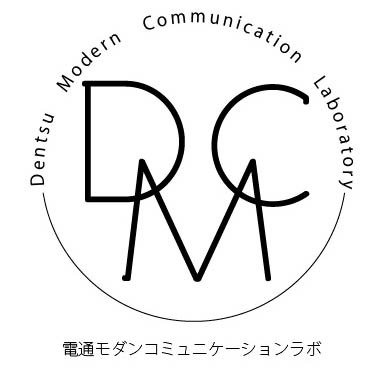This time, let's look at Luke Williams' book "The Design Consultant's Workbook" (published by Eiji Press). The author was formerly the Creative Director at the global design consulting firm "Frog."
The Japanese title might be misleading, but the original title is "DISRUPT." This is a practical guide for mastering "disruptive thinking" to drive innovation in business, not just about design.

What if we sold mismatched socks in sets of three?
You must think of things no one else has considered and do things no one else has done.
The intent of "disruptive" here is to deliver solutions no one else anticipated, surprising the market.
Over the next decade, for companies to win in business competition, they must generate and realize ideas that competitors cannot conceive or replicate. That's why we must "think what no one else is thinking and do what no one else is doing."
Traditionally, business professionals were trained to identify problems (i.e., areas needing correction) and focus intensely on solving them. However, this book posits that this "if it ain't broke, don't fix it" attitude is antithetical to disruptive thinking.
What matters now, it argues, is not that mindset, but rather the thinking: "How can we disrupt the current, well-functioning power structure?" In other words, it is precisely the "parts that aren't broken" that we should target.
Five Steps to Break the Rules
The book explains how to practice disruptive thinking through "Five Steps to Break Conventional Wisdom," which we introduce below.
1.Form a Disruptive Hypothesis
Instead of thinking about minor tweaks like "What if we changed the color?" or "What if we added a new feature?", shake your mind with ideas that pierce far beyond imagination. It explains this as "To find the right answer, you must first deliberately make mistakes." For example, it introduces the case of the fashion brand "Little Miss Match," which succeeded based on the hypothesis: "What if we sold mismatched socks in sets of three?"
2.Discovering disruptive opportunities hidden in the market
Next, observe the people who are the subjects of your hypothesis. Look for the least obvious places to see what kind of people are acting for what purposes.
The book introduces several methods for gaining insights quickly, intuitively, and qualitatively, rather than relying on traditional research.
3.Generating disruptive ideas
Techniques are introduced for decomposing identified disruptive opportunities, mixing elements of products, services, and information, and transforming them into disruptive ideas. For example, the inspiration for Nintendo's Wii motion controller didn't come from video game consoles, but from accelerometers used in completely unrelated automotive airbags.
Another example cited is the clean, minimalist design of the iPod, which stemmed from designer Jonathan Ive's work designing toilet bowls before joining Apple.
The book explains how to transform such opportunities found in completely unrelated fields into ideas by combining them and starting with giving them a "name." Naturally, such unimaginable ideas also mean competitors won't appear.
4.Turning Ideas into Disruptive Solutions
While disruptive ideas are wonderful, they only generate value once realized. Therefore, the next step is transforming them into disruptive solutions.
This book introduces a method for this stage: involving end-users in the development process, having people test several ideas while gathering feedback, and advancing prototype development. In other words, at the stage of converting to implementation strategies, the know-how of co-creation marketing should be leveraged.
5.Pitching with disruptive presentations
What makes this book unique is that it also covers techniques for pitching the disruptive solutions generated through the previous steps to internal and external stakeholders to secure investment and endorsement.
Most people won't adopt a disruptive solution simply because it's disruptive. To convince them of its value, you need a presentation that's more disruptive than usual (though everything is disruptive...).
This book describes a technique for delivering this presentation using nine slides in nine minutes.
Looking for extensions of the past won't work
Thus, the "disruptive thinking" discussed in this book aims to "create" entirely new markets, contrary to the word "disruptive."
It makes you realize that "creation," or "creativity," isn't about solving obvious problems, but about finding possibilities by disrupting things that currently seem to be working well.
I belong to the Future Creation Group at Dentsu Inc., where one of our missions is to engage in "co-creation marketing for product and service development."
This is also a challenge to generate ideas from an entirely different angle than the methods companies have traditionally pursued. If you truly want to innovate business and create the future, you can't just look for solutions along the same lines as before.
This book taught me anew that future creation begins by disrupting the old ways.





